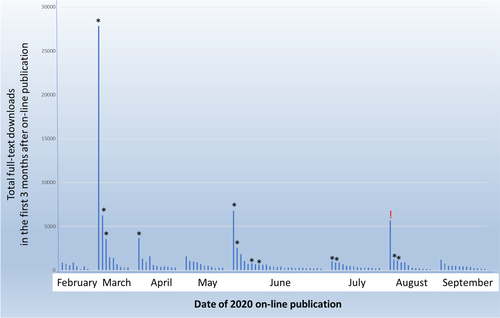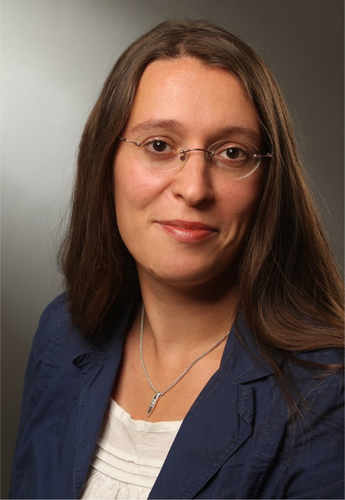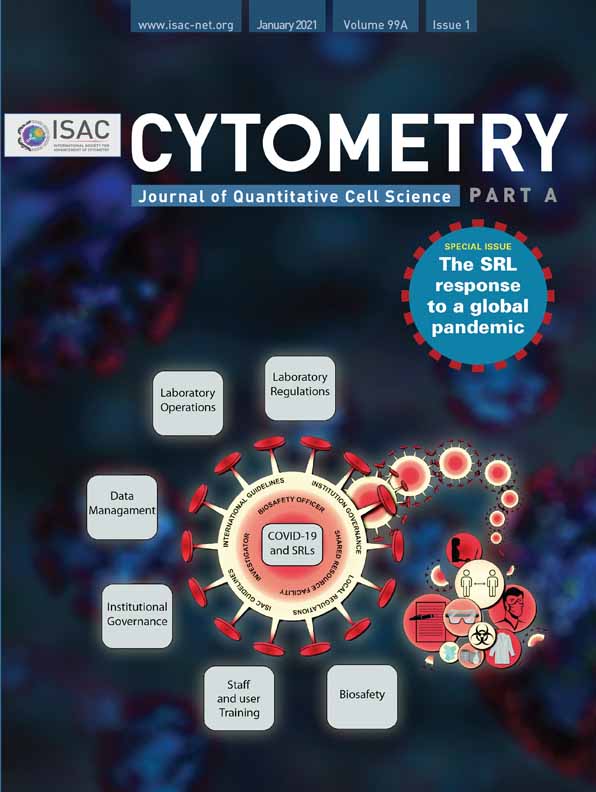Start of the year note 2021
Welcome to the new year 2021. No doubt we have left an unusual year with several downs, but finally, there are ups, for the cytometry community and Cytometry Part A as well.
Looking back at last years' major events for the journal, a stroke of genius was launching the COVID-19 Fast Track manuscript type in March 2020 [1]. We were among the very first scientific journals to respond to the pandemic by facilitating rapid publication of desperately needed information about the previously unknown infection.
As of early December, when I am writing this editorial, 19 manuscripts with COVID-19 as a key word have already been accepted and 13 published. While these 13 manuscripts make up only 7.6% of all 2020 publications, they collected 34.3% of all 2020 citations. Another good measure of the global interest we were able to achieve is the number of full-text downloads. Typically, the highest downloads occur in the first 3 months after online publication. For articles published in our journal between February and September 2020, there was a mean of 590 downloads (median: 448, range: 11–5667) if COVID-19 articles are excluded. These are typical numbers. It is fascinating to see the tremendous interest that COVID-19 articles received (Figure 1). These publications were downloaded a mean of 4691 times (median: 1919, range: 630–27,839).


This rapid-publication initiative would not have worked so well without the diligent support of excellent experts who volunteered to act as Fast Track Reviewers. They reviewed and decided on manuscripts very rapidly, mostly within less than 10 days. We are indebted to them, and I wish to express my great thanks to all of them. You can also become a fast-track reviewer; your initiative and volunteering are most welcome.
In summary, Fast Track 2020 is a great success for Cytometry Part A and a useful precedent for upcoming hot topics. Hopefully, this will not involve a new pandemic, but it could be other news that hits the headlines, wherein quantitative single-cell science is relevant. These could be breakthroughs in science and technology or new discoveries for applications of single-cell technology. We welcome your suggestions of such topics. Your ideas and input can help to shape the journal and the field.
This year also starts with the announcement of a new Associate Editor: Susanne Dunker, Ph.D. Dr. Dunker (Figure 2) is from the Helmholtz Centre for Environmental Research–UFZ and the German Centre for Integrative Biodiversity Research–iDiv in Leipzig [2], Germany. As a new Associate Editor, she will be responsible for the field of Environmental Cytometry. Susanne is a biologist by training and gained her first flow cytometric experience in phytoplankton analysis with a FACSAria II during her Ph.D. studies at the University of Leipzig in the group of Professor Christian Wilhelm. In 2013, she became a postdoc in the Department of Plant Physiology of the University of Leipzig, where she developed plant- and algae-related flow cytometry assays and analyses. In 2015, she began postdoctoral research at the Helmholtz Centre for Environmental Research and the German Centre for Integrative Biodiversity Research, where she established a laboratory as a lab head. In 2019, she became a working group head of the Imaging Flow Cytometry group. With her team, she develops new monitoring methods that combine high-throughput imaging flow cytometry and deep learning to advance traditional microscopic monitoring routines. These monitoring tasks have high relevance for the quality assessment of freshwater and marine water samples, allergology, insect pollination, or climate reconstruction.
Susanne's primary expertise is in insect, water, and air monitoring by flow cytometry, especially measuring phytoplankton and pollen particles, and she has recently been awarded the Technology Transfer Prize (2019) of the Helmholtz Centre for Environmental Research for her work on high-throughput analysis of ecological samples with imaging flow cytometry. The technological development for which her work was acknowledged is an innovative configuration of an ImageStreamX Mk II, for which she was granted a patent. In addition, she has been active as a reviewer and author for Cytometry Part A [3] for several years and is a member of the DGfZ, the German Society for Cytometry.
I am excited to have Susanne Dunker on board, helping to expand the scope of Cytometry Part A and attract new readers and authors.
As announced last month, we start this year with a special issue on “Shared Resource Laboratories (SRLs) in a Global Pandemic Environment: Lessons Learned from SARS-CoV-2.” This is an extremely relevant topic on how to manage shared resource laboratories in situations like the present pandemic, including laboratory lockdown, introducing remote training, and data handling. These special-issue articles present guidance based on the experiences of numerous SRLs that will be useful in future comparable situations.
With this, I wish you a more relaxed year 2021 than the one left behind.




